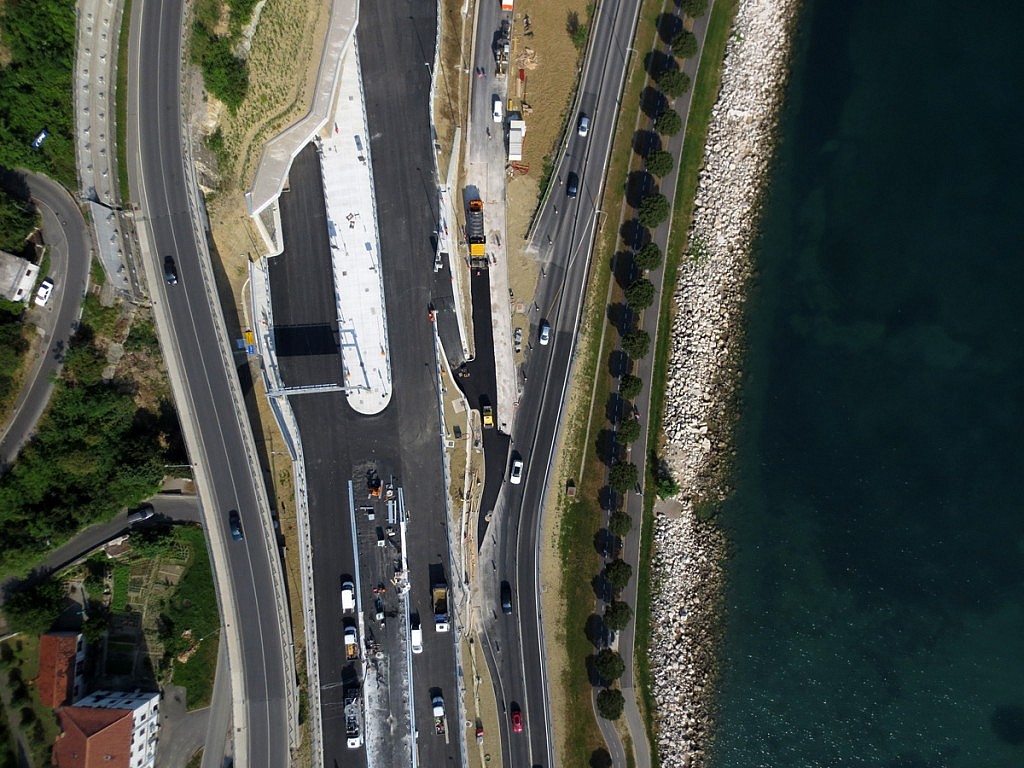
Modern geographic information systems have changed the way we work, make decisions, and change the world around us. Every moment, we have access to an endless number of geographic data, which presents us with a challenge: how do we sort and connect this information, so that it can be used to make management of our spatial development easier. Geographic information has become the basis for quality decision-making, as a combination of various business information and geographic information allows us to better understand the market, clients, and competition. Therefore, the possibility of transforming geographic information into useful information that can be used to support a business decision has become essential.
For this purpose, geographic information systems (GIS) have been implemented, enabling visualisation, review, analysis, and interpretation of data, thus providing a basis for understanding ratios, patterns, and tendencies. GIS is an intelligent digital map composed of layers, which can include, for example, schematic or graphical displays of roads, infrastructure, waterways, ownership of real estate, as well as complex graphical elements, such as aerial photography or satellite imagery. Layers can overlap each other and be cross-linked, thus presenting answers to question regarding locations as well as providing the possibility of reviewing spatial relationships.
Aerial photographs can significantly improve the work efficiency of GIS experts. By using a drone, we can obtain precise aerial imagery and convert them into raster and metric 2D orthography mosaics and 3D models of small to medium scope. Simple and fast, whenever a need arises. We only prepare a flight plan, launch the drone, transfer the photographs, and we can already process raster data – all this in a single day.
Regardless the segment of your activities, be it management of space and assets, agriculture and forestry, construction and engineering, environmental protection, or any other, use of drones provides numerous advantages, as the information is provided in a precise, quick, and cost-effective manner. Only one question remains: How can it help you, specifically?
